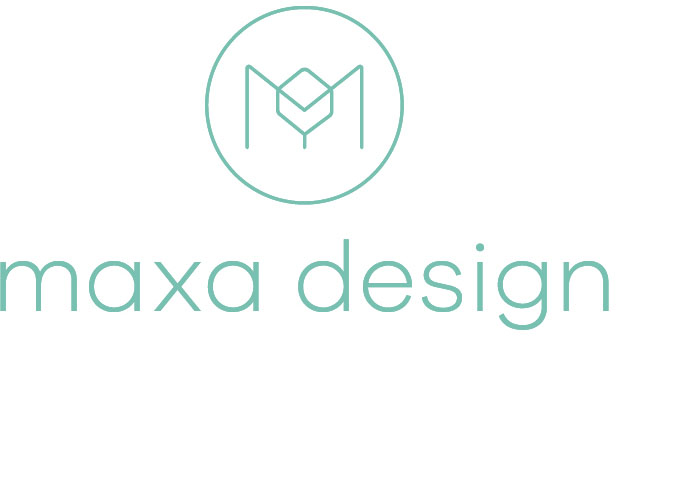Passive House (Passivhaus)
We design energy efficient, sustainable homes. We are also certified to design to Passive House standards, the European certification scheme for best-practice energy efficient, comfortable homes. There are an estimated 40,000 houses, schools, offices, and other building types built to the Passive House standards around the world. In Australia, adoption of the standard is still in its infancy, but there are increasing numbers of people adopting the stand to ensure a best-practice sustainable and energy efficient home.
Passive House is a voluntary standard that ensures a quality build for each project through outstanding quality control. Passive House includes mandatory air tightness testing, and a Passive House builder must supply photographic evidence of the construction process, and an air-tightness certificate upon completion. These processes are not required by the current Australian Building Code standards – Passive House ensures that the energy efficiency performance you’re paying for is the energy efficiency performance you’ll receive.
We adopt the methodology and quality control processes of Passive House to ensure Maxa Design buildings are high quality, thermally efficient and air tight – even for projects that do not strive for Passive House certification.
Do Passive House homes cost more?
Passive House buildings can certainly cost more up front, but they can also cost less than a standard home design. For example, one of our current Passive House projects will cost slightly less than a traditional build but provide outstanding thermal performance, comfort, and a healthy home. Our experience is that the more “architectural” the design, the higher the costs to meet Passive House requirements.
There is no doubt that a Passive House home takes more time and expertise to design than a traditional or even energy efficient and sustainable home. The PHPP (Passive House Planning Package) requires a certified designer to complete it, which can be a week of work alone, and this is then checked in the design certification process. This work might typically add two to four weeks to the documentation process.
How does Passive House design benefit me?
With a Passive House you can expect:
a healthier home: mandatory ventilation systems supply filtered fresh air continuously
a more comfortable home with smaller variations in temperature year round
a healthier, more robust home: mould and interstitial condensation is eliminated
energy savings of up to 90 per cent (compared with typical existing buildings), can be achieved with a Passive House, according to the Australian Passive House Association
highly efficient heat recovery units that recover and reuse heat contained in the exhaust air
minimised maintenance from the use of carefully integrated technology and construction systems (over “bolt-on” technology)
a “fabric first” approach to deliver very high performance for the lifetime of the building
reduced carbon emissions from your home
For more information contact us to discuss your needs and see Australian Passive House Association.
